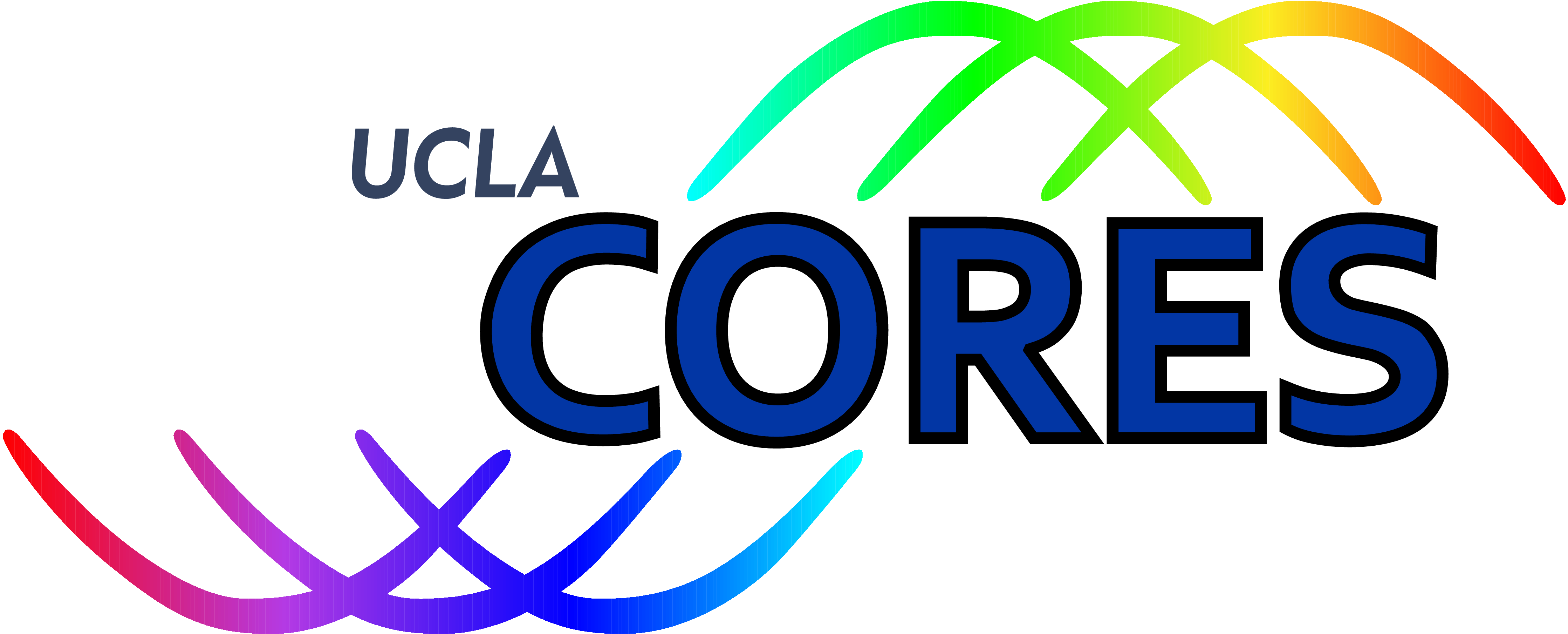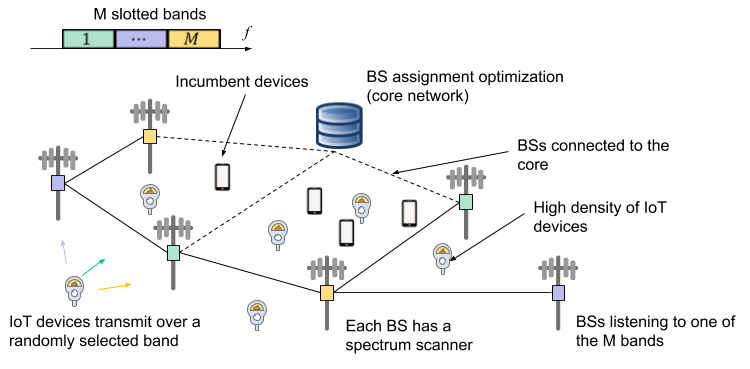E. Krijestorac, G. Hattab, P. Popovski, D. Cabric, "Band Assignment in Ultra-Narrowband (UNB) Systems for Massive IoT Access", to appear in IEEE Globecom 2020, May 2020.

Cognitive Reconfigurable Embedded Systems Lab

Spectrum Sharing for Massive Access in Unlicensed Ultra-Narrowband IoT Systems

In this study, we analyze the coexistence capability of UNB networks and their scalability to enable massive access.
Ultra-narrowband (UNB) low-power-wireless networks (LPWA) solutions apply the ultra-narrowband transmissions, which enable demodulation at a very low received power. UNB LPWA networks normally rely on simple ALOHA-like access protocols, where IoT devices avoid associating and synchronizing with any UNB base station. Therefore, the packet is successfully transmitted if any BS decodes any of the packet transmissions. Furthermore, transmissions are unsynchronized in frequency and base stations scan the entire band to lock onto transmissions.
Our contributions thus far:
- Develop a stochastic geometry framework to analyze and model UNB networks on a large scale and reveal insights about packet success probability and network connection density
- Introduce more frequency diversity by using several multiplexing bands with each BS associated to one band and IoT devices transmitting freely across all bands. The main challenge here is achieving the optimal assignment of base stations to bands.
Staff:
- Principal Investigator: Danijela Cabric
- Students: Enes Krijestorac, Ghaith Hattab
Selected publications:
G. Hattab and D. Cabric, "Distributed Wideband Spatio-Spectral Sensing for Unlicensed Massive IoT Communications", in IEEE GLOBECOM, Dec. 2018.
Krijestorac, Enes, Ghaith Hattab, Petar Popovski, and Danijela Cabric. "Multiband Massive IoT: A Learning Approach to Infrastructure Deployment." IEEE Transactions on Wireless Communications 21, no. 12 (2022): 10300-10314.
G. Hattab, P. Popovski, and D. Cabric, "Spectrum Sharing for Massive Access in Ultra-Narrowband IoT Systems", accepted for publication in IEEE Journal on Selected Areas in Communications, July. 2020.